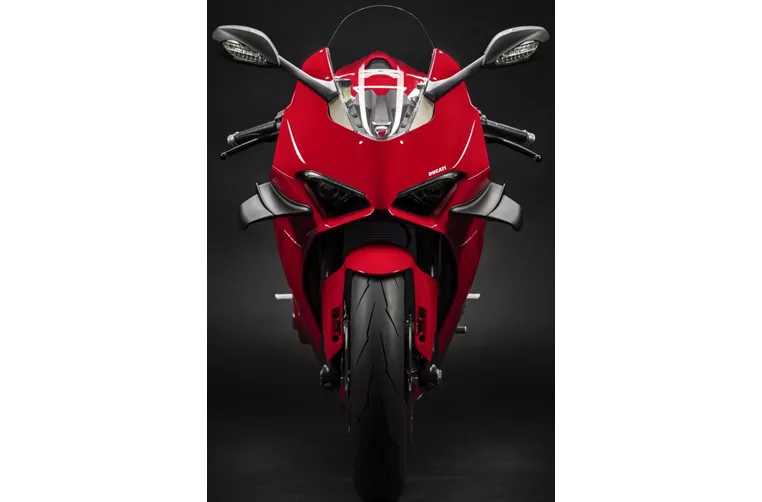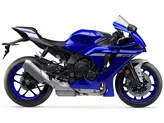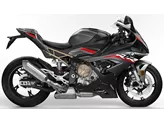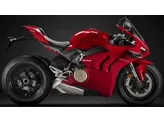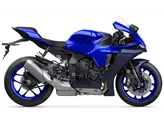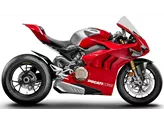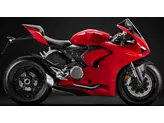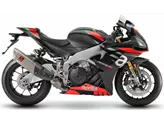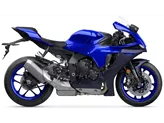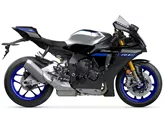Ducati Panigale V4 2020 vs. Yamaha R1 2010
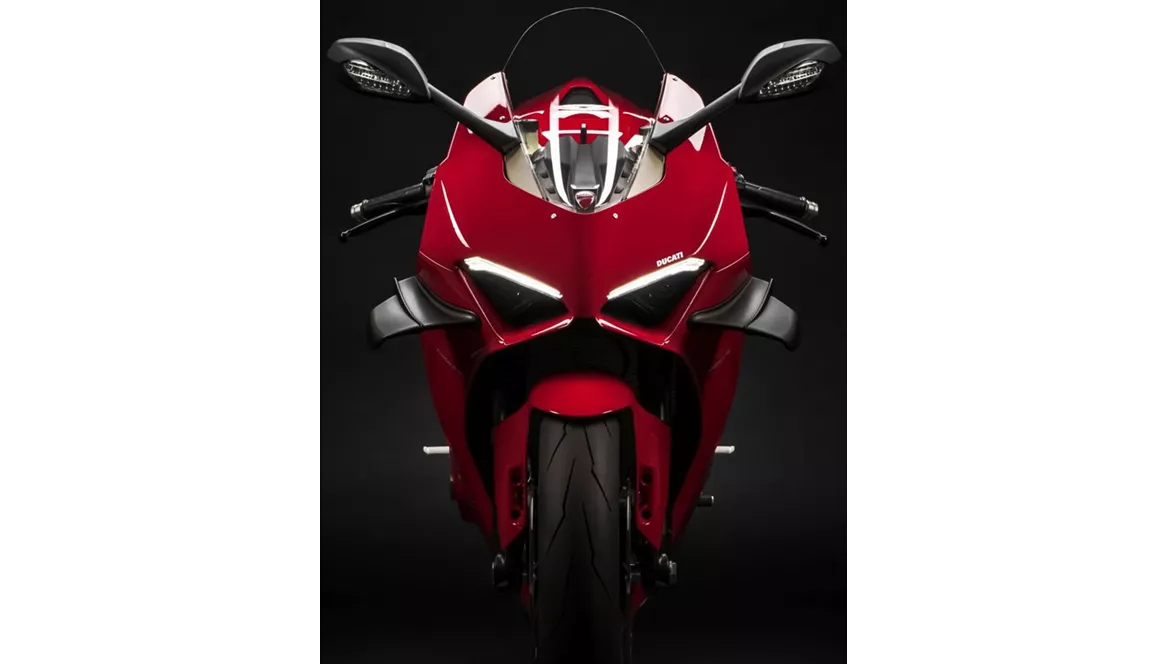
Ducati Panigale V4 2020
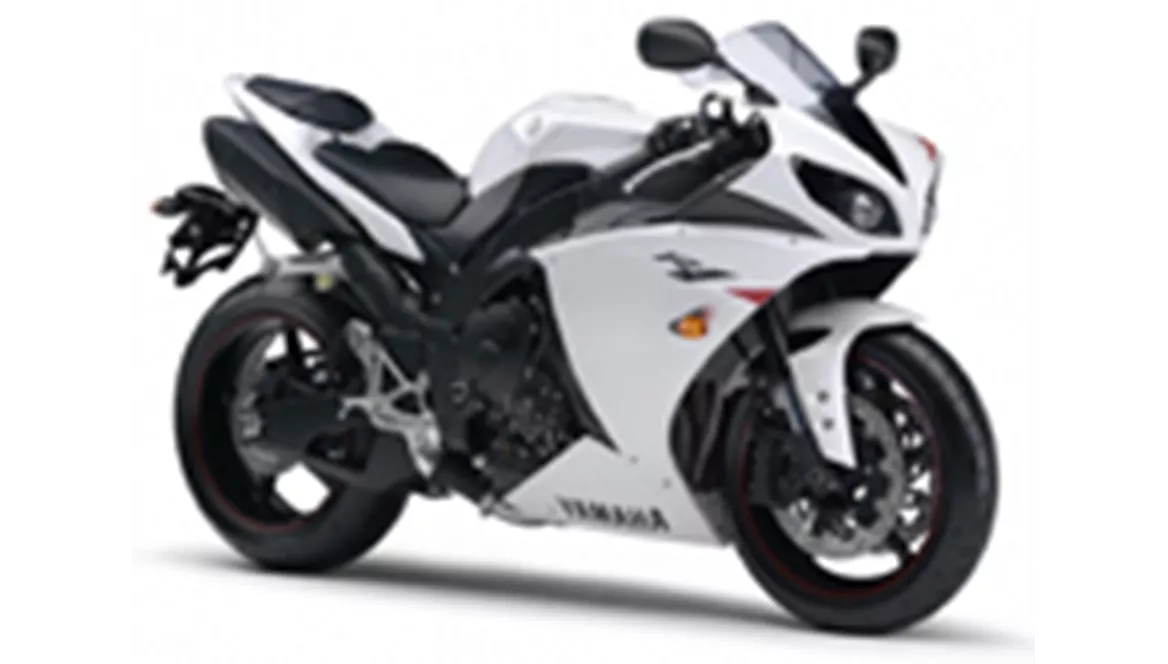
Yamaha R1 2010
Vue d’ensemble - Ducati Panigale V4 2020 vs Yamaha R1 2010
The Ducati Panigale V4 2020 and the Yamaha R1 2010 are both high-performance supersport motorcycles that cater to enthusiasts seeking adrenaline-pumping rides. While they share some similarities in terms of engine configuration and suspension setup, there are notable differences that set them apart.
Starting with the engines, the Ducati Panigale V4 2020 boasts a larger displacement of 1103cc compared to the Yamaha R1 2010's 998cc. This results in the Panigale V4 producing a higher engine power of 214 HP, while the R1 generates 181 HP. Additionally, the Panigale V4 offers more torque at 124 Nm compared to the R1's 115.5 Nm. Both bikes feature four cylinders and four valves per cylinder, but the Panigale V4 utilizes Desmodromic valves, which are known for their precise control and efficient performance.
In terms of suspension, both motorcycles feature upside-down telescopic forks at the front. However, the Panigale V4's front suspension is not specified further, while the R1 utilizes a Deltabox frame. This frame type provides enhanced rigidity and stability, which contributes to the R1's optimal braking system. On the other hand, the Panigale V4 features an aluminum monocoque frame, which is known for its lightweight and structural integrity.

Ducati Panigale V4 2020
When it comes to braking, both bikes are equipped with double disk brakes at the front. The Panigale V4's brake type is not specified, while the R1's braking system is known for its sophistication and effectiveness.
In terms of dimensions and weights, the Panigale V4 has a slightly wider front tire at 120mm compared to the R1's 120mm. Both bikes share the same front and rear tire diameters of 17 inches. The Panigale V4 has a wheelbase of 1469mm, while the R1 has a slightly shorter wheelbase of 1415mm. The seat height of the Panigale V4 is 830mm, while the R1 offers a slightly higher seat height of 835mm. The fuel tank capacity of the Panigale V4 is 16 liters, while the R1 has a larger fuel tank capacity of 18 liters.

Yamaha R1 2010
Moving on to the strengths and weaknesses of each bike, the Panigale V4 stands out with its clever electronics, noticeable upgrades from the previous model, and improved accessibility. On the other hand, the R1 impresses with its strong engine, sophisticated engine character, optimal braking system, and comfortable seating position.
However, the Panigale V4 does have some weaknesses, including a small fuel tank capacity from an ergonomic standpoint and potential challenges with straight-line driving at high speeds in wet conditions. The R1, on the other hand, has weaknesses such as suboptimal suspension elements, lower peak power compared to the Panigale V4, slightly weak traction, and a higher weight.
In conclusion, the Ducati Panigale V4 2020 and the Yamaha R1 2010 are both formidable supersport motorcycles with their own set of strengths and weaknesses. The Panigale V4 offers clever electronics and improved accessibility, while the R1 impresses with its strong engine and optimal braking system. Ultimately, the choice between these two bikes will depend on the rider's preferences and priorities.
Caractéristiques techniques Ducati Panigale V4 2020 par rapport à Yamaha R1 2010
Avantages et inconvénients en comparaison
Avantages et inconvénients en comparaison
Ducati Panigale V4 2020

La conclusion est très facile à tirer. Ducati a amélioré une "moto déjà presque parfaite" sans rien changer de négatif. Bien que la conduite sur route avec ce carénage radical fasse déjà sensation et que l'un ou l'autre pilote trouve cela désagréable, il se sent visiblement plus à l'aise avec elle sur la piste de course. On obtient une moto "out of the box" qui ressemble plus que jamais à une moto de championnat du monde Superbike. Je pense en outre que le propriétaire de la V4 2018 est tout à fait en mesure d'améliorer ses temps au tour avec la version 2020. Mon conseil : si l'on fait en sorte d'agrandir le réservoir ou de le rendre plus adhérent, on pourrait rouler encore plus avec sa coque sur le centre.
Yamaha R1 2010

Le moteur actuel de la R1 se distingue par sa sonorité caractéristique, sa réactivité et sa puissance linéaire. En ce qui concerne la puissance de pointe, Yamaha a toutefois dû faire quelques concessions.
Comparaison des prix Prix moyen du marché Ducati Panigale V4 vs Yamaha R1
There are a few key differences between a Ducati Panigale V4 2020 and a Yamaha R1 2010. In terms of price, the actual average price of a Ducati Panigale V4 2020 is about 250% higher. Compared to Yamaha R1 2010 there are more Ducati Panigale V4 2020 bikes available on the 1000PS.de Marketplace, specifically 6 compared to 5. It takes less time to sell a Yamaha R1 with 53 days compared to 100 days for the Ducati Panigale V4. Since model year 2018 1000PS.de editors have written 18 reviews for the Ducati Panigale V4 and 80 reviews for the Yamaha R1 since model year 2005. The first review for the Ducati Panigale V4 was published on 11/5/2017 and now has more than 131,500 views. This compares to more than 3,900 views for the first review on Yamaha R1 published on 4/28/2003.
